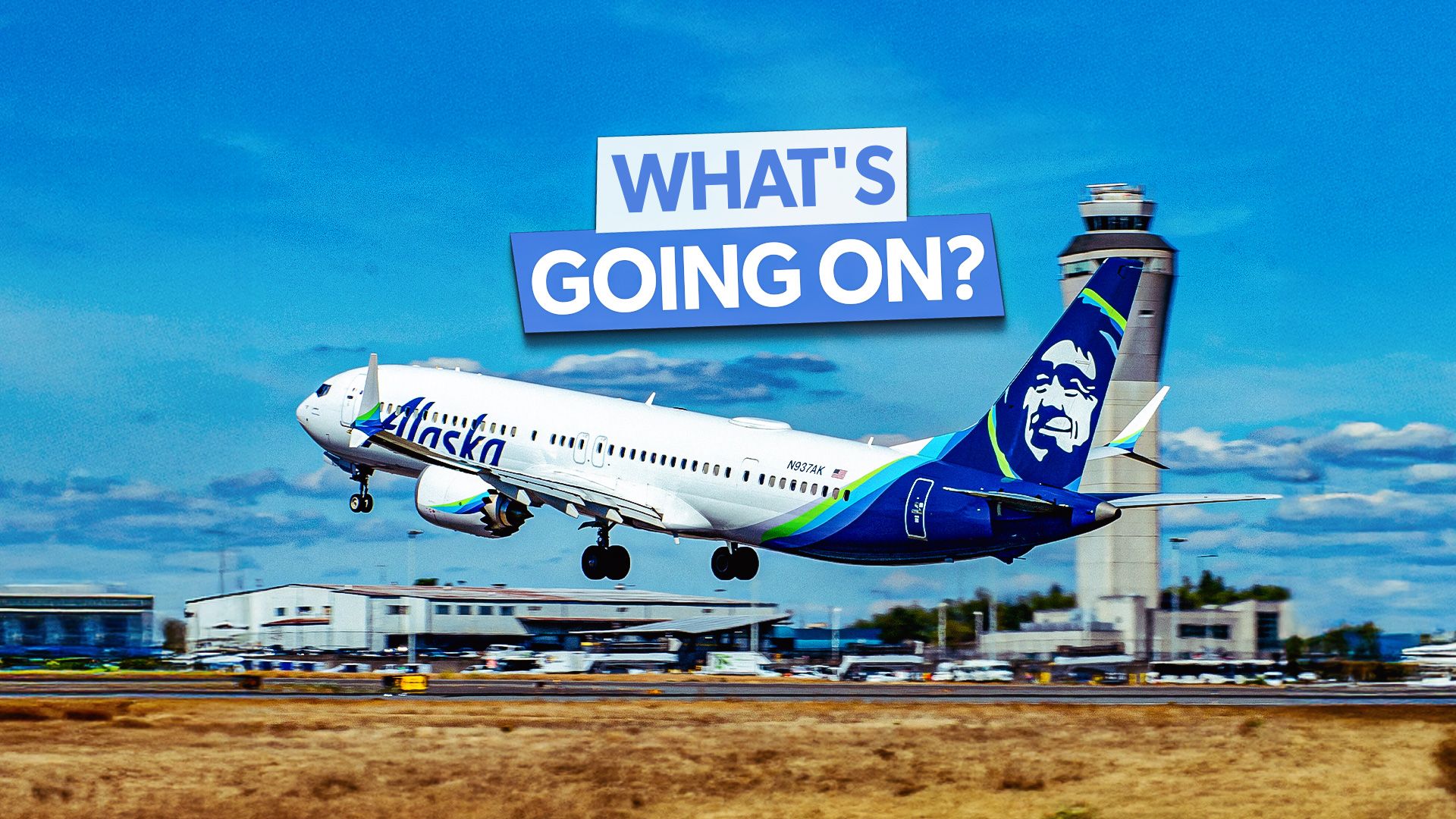On January 5, 2024, an incident involving an Alaska Airlines Boeing 737 MAX 9 led to the grounding of the airline’s fleet of this aircraft model. During a routine flight from Portland International Airport (PDX) to Ontario International Airport (ONT), the door plug of the aircraft, registered as N704AL, blew out shortly after takeoff. Fortunately, all 171 passengers and six crew members on board survived, though three sustained minor injuries.
The incident prompted an investigation by the National Transportation Safety Board (NTSB), which found that the door plug had been improperly installed without bolts prior to delivery from Boeing. Investigators noted that the plug was manufactured by Spirit AeroSystems and had been delivered to Boeing with damaged rivets that were later repaired. However, when reinstalled, the plug was not secured correctly, leading to its blowout during ascent.
Certification Delays for Boeing 737 MAX 10
Alaska Airlines has since returned the damaged aircraft to Boeing and is now awaiting delivery of the new Boeing 737 MAX 10. This model, which has yet to receive certification, is expected to compete directly with the Airbus A321neo. Boeing is currently addressing issues with the anti-ice system of the MAX 10, contributing to certification delays. The aircraft is now projected to enter commercial service no earlier than 2026, and Alaska Airlines will not be the first airline to receive it.
The MAX 10, an extended version of the MAX 9, was developed in response to strong demand from airlines like Korean Air and United Airlines. It features a passenger capacity of up to 204 in a two-class layout and 230 in an all-economy configuration. The aircraft is powered by CFM International LEAP-1B engines and boasts a range of 3,100 nautical miles (5,700 km).
Immediate Impact on Alaska Airlines
Following the incident with Flight 1282, Alaska Airlines grounded its entire fleet of MAX 9 aircraft. The Federal Aviation Administration (FAA) issued an Emergency Airworthiness Directive, requiring all MAX 9 aircraft equipped with mid-cabin door plugs to undergo inspections. This directive impacted operations not only for Alaska Airlines but also for United Airlines and Copa Airlines.
In the days that followed, Alaska Airlines was forced to cancel between 110 and 150 flights daily due to the grounding. The company reported a significant financial impact, and Boeing has since compensated Alaska Airlines over $160 million for losses incurred during this period.
While there were no serious injuries reported, one passenger experienced a dramatic incident when their shirt was reportedly ripped off and blown from the aircraft during the flight. The NTSB investigation concluded that the probable cause of the door plug blowout was Boeing’s inadequate oversight of safety measures in its manufacturing processes.
As a result of this incident, Alaska Airlines decided to return the damaged aircraft to Boeing, viewing it as a product defect. This move not only distanced the airline from the incident but also reaffirmed its commitment to passenger safety. Reports suggest that Alaska Airlines did not likely pay full price for the forthcoming MAX 10, interpreting the trade-up as a form of compensation from Boeing.
Looking ahead, Alaska Airlines operates a fleet of 331 active aircraft and has 96 more on order, including 63 MAX 10s. With the ongoing challenges surrounding certification, deliveries of these new planes are now anticipated to extend into late 2026 or even 2027. The airline also has plans to introduce additional Boeing 787-9 Dreamliners to enhance its long-haul capabilities, further expanding its fleet and operational reach.
In summary, the incident involving the MAX 9 has not only impacted Alaska Airlines’ immediate operations but has also led to a strategic shift as the airline prepares for the future with the anticipated Boeing 737 MAX 10.
